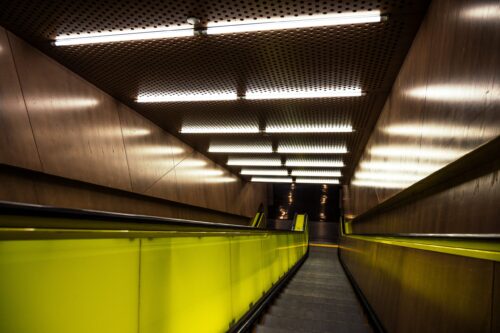Let’s Talk Telco
The growth of Internet data centers —buildings that house computer servers and networking equipment and have the potential to consume as much power as a small city—were the focus of a recent conference in Washington, D.C.. The event, hosted by Edison Electric Institute (EEI), was the first gathering of consulting engineers, data center developers, zoning officials and electric utilities who came together to scrutinize the unique challenges and opportunities that data centers pose.
The growth of Internet data centers —buildings that house computer servers and networking equipment and have the potential to consume as much power as a small city—were the focus of a recent conference in Washington, D.C.. The event, hosted by Edison Electric Institute (EEI), was the first gathering of consulting engineers, data center developers, zoning officials and electric utilities who came together to scrutinize the unique challenges and opportunities that data centers pose.
One outcome of the conference was the formation of a task force assigned to meet with utility regulators to discuss the potential effect of data centers on regional power markets. The committee also plans to compile actual facility performance profiles to prevent overdesign by utilities.
Internet data centers—also called server farms, Internet hotels or Telco hotels—store the computer servers and networking equipment that manage the Internet’s traffic. (See “Checking into Carrier Hotels” in the July 2000 issue of C-SE, viewable at: www.buildingteam.com/applic/articles/c00g030.asp
Located near crucial fiber-optic cable networks that have the broadband capacity to handle their large amounts of data, the data centers consist of little more than racks and racks of computers and the air conditioners needed to keep them cool. The centers, however, operate 24/7 and demand huge amounts of reliable power. Compared with the 5-10 watts per square foot that a typical office building requires, data centers may need between 50 to 200 watts a square foot, and can be as big as three football fields.
“Electric utilities welcome the increased load a data center represents” said EEI’s Steve Kiesner, director of national accounts. “But, we often have to make huge investments in generation and transmission infrastructure to support them. How these will be paid for was a key discussion topic.”
Kiesner went on to point out that many factors will affect the power needs of an Internet hotel. A developer may come in and ask for five megawatts or 10. But as the center starts out, its business may warrant only one to two megawatts. After that, business will probably fluctuate, and along with it, the center’s need for power. Another variable is that as computer equipment becomes smaller and more energy efficient, the future power estimates may never be realized.
Do you have experience and expertise with the topics mentioned in this content? You should consider contributing to our CFE Media editorial team and getting the recognition you and your company deserve. Click here to start this process.




